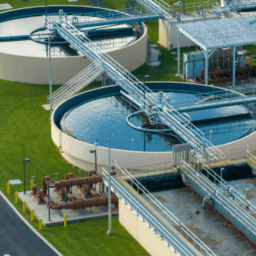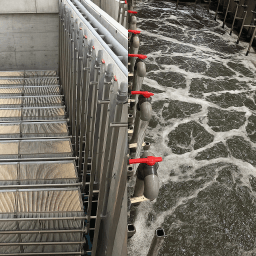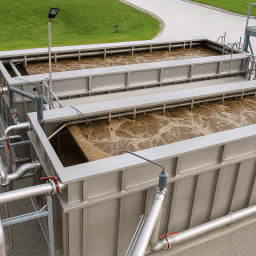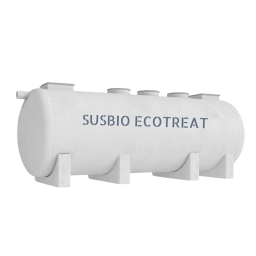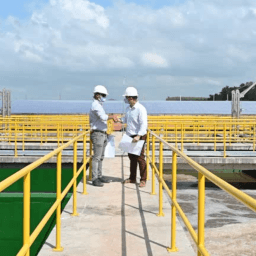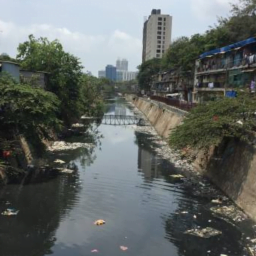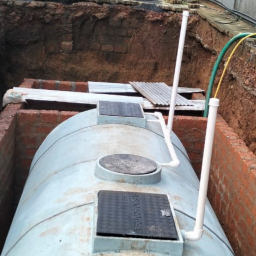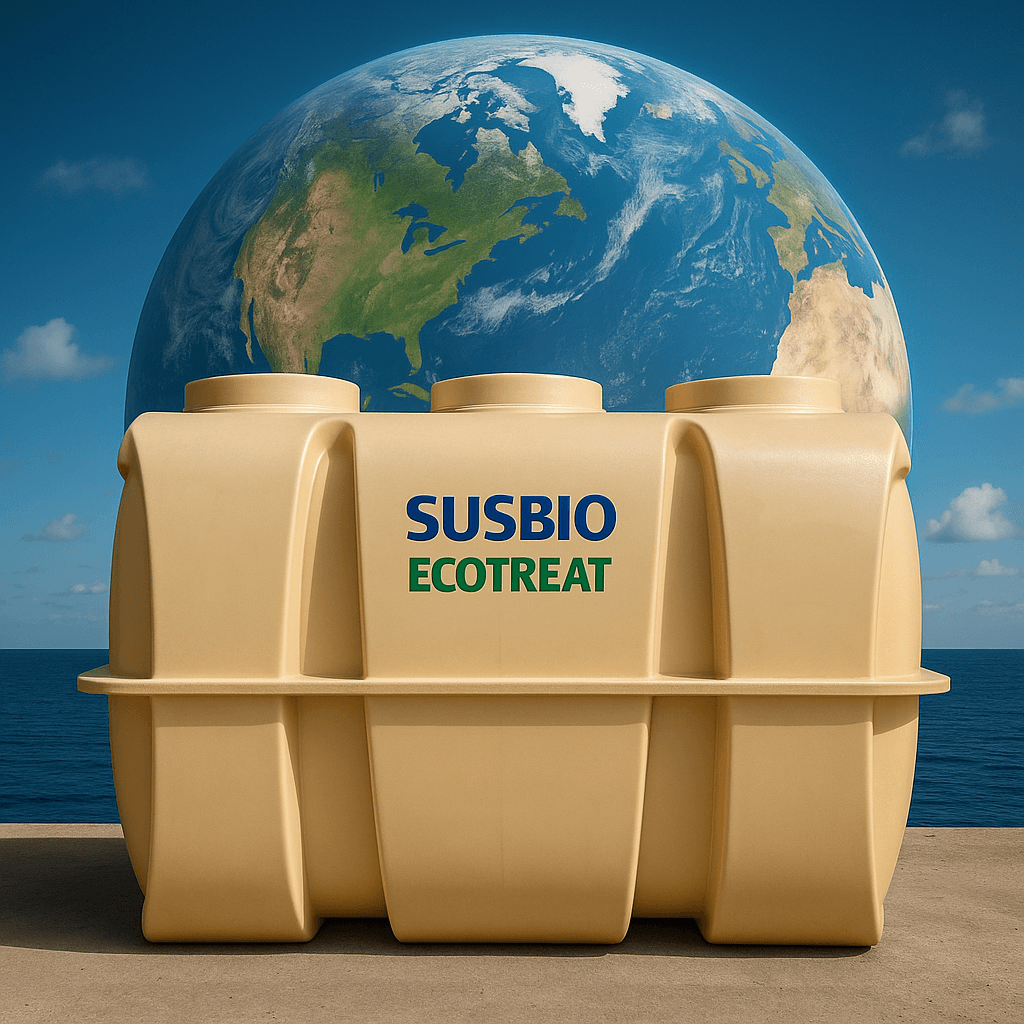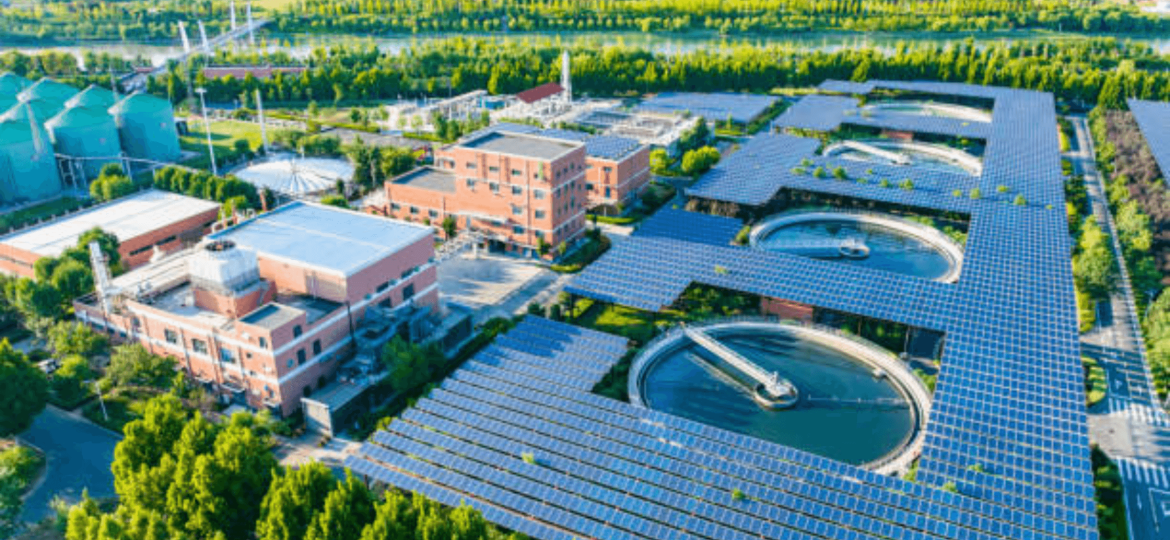
Industrial and urban wastewater management plays a critical role in ensuring environmental sustainability. Two essential technologies for treating wastewater are Effluent Treatment Plants (ETPs) and Sewage Treatment Plants (STPs). While both systems aim to treat wastewater before its discharge or reuse, their processes, applications, and focus areas differ significantly. Let’s explore the key differences and applications of ETPs and STPs to understand which system suits specific needs.
What is an Effluent Treatment Plant (ETP)?
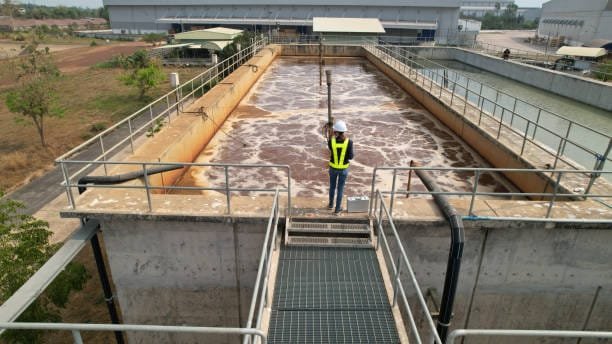
An Effluent Treatment Plant (ETP) is designed specifically to treat wastewater generated by industries. The wastewater, often referred to as effluent, contains high levels of toxic chemicals, oils, heavy metals, and other pollutants specific to industrial processes.
Key Features of ETPs:
- Customizable Design: Tailored to address specific wastewater contaminants based on industry type (e.g., textile, pharmaceutical, or chemical).
- Advanced Treatment Methods: Often incorporates chemical, physical, and biological processes like coagulation, flocculation, membrane filtration, and activated sludge systems.
- Regulatory Compliance: Helps industries meet stringent environmental standards for effluent discharge.
What is a Sewage Treatment Plant (STP)?
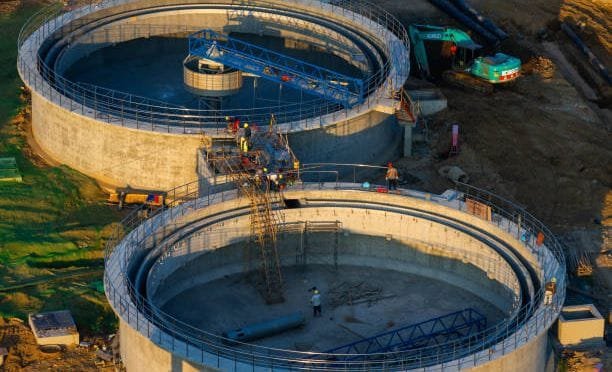
A Sewage Treatment Plant (STP) treats wastewater generated by households, offices, and commercial spaces. This wastewater, commonly referred to as sewage, primarily consists of organic matter, greywater (from sinks, showers, and laundry), and blackwater (from toilets).
Key Features of STPs:
- Standardized Processes: Includes primary, secondary, and tertiary treatment stages.
- Focus on Organic Matter: Primarily aims to reduce organic pollutants, suspended solids, and pathogens.
- Recycling Capability: Treated water can be reused for landscaping, flushing, or industrial cooling.
Importance of Sewage and Industrial Effluent Treatment in Modern Wastewater Management
Sewage and industrial effluent treatment are crucial for safeguarding public health and the environment in today’s world. Both play vital roles in modern wastewater management systems, ensuring that contaminated water is cleaned and safely returned to the environment or reused.
- Industrial effluent treatment is particularly important in industrial wastewater treatment. It focuses on treating wastewater from factories and industrial processes, which often contains harmful chemicals, heavy metals, oils, and other pollutants. Effective treatment of this effluent ensures compliance with strict environmental regulations and minimizes industrial pollution.
- Sewage treatment handles wastewater from residential and municipal sources, including homes, businesses, and public infrastructure. It primarily addresses organic matter, nutrients, and pathogens in domestic sewage. This process is essential for preventing waterborne diseases and protecting freshwater sources.
Both systems are essential for the sustainable management of wastewater, with industrial effluent treatment designed for more complex industrial waste and sewage treatment tailored for large-scale residential or municipal use. Together, they ensure clean water for ecosystems, industries, and communities while supporting health and environmental sustainability.
Key Differences Between ETP and STP
Source of Wastewater:
- ETP: Treats industrial effluent generated from manufacturing processes.
- STP: Handles domestic sewage from households, offices, and commercial spaces.
Nature of Pollutants:
- ETP: Focuses on removing toxic chemicals, oils, dyes, heavy metals, and industrial residues.
- STP: Primarily treats organic matter, pathogens, and suspended solids.
Treatment Complexity:
- ETP: Employs highly customized and complex processes tailored to industry-specific contaminants.
- STP: Follows standardized treatment processes focused on biological and organic pollutant removal.
Applications:
- ETP: Common in industries such as textiles, pharmaceuticals, chemicals, and food processing.
- STP: Used in residential complexes, municipal wastewater systems, and commercial buildings.
Regulatory Standards:
- ETP: Complies with stricter industry-specific discharge norms.
- STP: Adheres to urban or municipal wastewater discharge standards.
Reuse Potential:
- ETP: Treated water may be used for industrial processes or safe discharge.
- STP: Treated water is often reused for landscaping, flushing, or cooling purposes.
These distinctions make ETPs essential for industries managing hazardous effluents, while STPs are critical for urban sewage management and water recycling.
Applications of ETPs and STPs
Effluent Treatment Plant Applications:
- Textile Industry: Removal of dyes, chemicals, and suspended particles.
- Pharmaceutical Industry: Treatment of high COD/BOD and toxic effluents.
- Chemical Industry: Neutralization of acids and alkalis, heavy metal recovery.
Sewage Treatment Plant Applications:
- Residential Complexes: Treating domestic sewage for reuse in landscaping or flushing.
- Municipalities: Managing urban wastewater at a large scale.
- Commercial Buildings: Ensuring proper sewage management for offices, malls, and hotels.
Key Considerations for Choosing Between ETP and STP
- Source of Wastewater: If the wastewater is from industrial processes, an ETP is required. For domestic wastewater, an STP is sufficient.
- Type of Contaminants: ETPs are equipped to handle chemical and industrial pollutants, whereas STPs focus on organic and biological pollutants.
- Regulatory Requirements: Industries need to comply with stricter effluent discharge norms, making ETPs essential.
- Water Reuse Goals: Both systems can contribute to water reuse, but their suitability depends on the intended application of the treated water.
What is an Effluent Treatment Plant (ETP) and Why It’s Crucial for Malls and Shopping Complexes
An Effluent Treatment Plant (ETP) is a system designed to treat industrial or commercial wastewater, removing harmful contaminants and ensuring that the water is safe for discharge into the environment or for reuse. For malls and shopping complexes, an ETP is crucial because these facilities generate significant amounts of wastewater from various sources, including restaurants, restrooms, and cleaning operations.
Role of ETP in Malls and Shopping Complexes:
- Restaurants: Wastewater from kitchens often contains oils, fats, and food particles. An ETP treats this type of wastewater by removing grease and solid waste through processes like screening and sedimentation.
- Restrooms: The wastewater from toilets and washbasins contains organic waste, pathogens, and other contaminants. The ETP uses biological treatment processes to break down organic material and eliminate harmful bacteria.
- Cleaning Operations: Malls also produce wastewater from floor cleaning, washing, and maintenance activities. The ETP treats this wastewater by removing chemicals, detergents, and suspended solids, ensuring it’s safe for disposal or reuse.
In summary, an ETP for malls and shopping complexes helps to treat and purify wastewater from various commercial activities, ensuring compliance with environmental regulations, promoting sustainability, and allowing for water reuse in non-potable applications like irrigation and toilet flushing. This reduces the overall environmental impact and improves the facility’s eco-friendly credentials.
Environmental Benefits of Installing an ETP in Schools and Colleges
Installing an Effluent Treatment Plant (ETP) in schools and colleges offers a range of environmental benefits that contribute to both sustainability and cost reduction. Here are some of the key environmental advantages:
1. Water Conservation
Schools and colleges, with their large student populations and frequent activities, generate significant amounts of wastewater. Installing an ETP helps treat and recycle this water, making it available for non-potable uses such as irrigation, toilet flushing, and cooling systems. This reduces the demand for fresh water, contributing to overall water conservation efforts.
- Example: Treated water can be used to water campus lawns, gardens, and sports fields, minimizing the need for clean, drinking-quality water.
2. Reduced Water Treatment Costs
By recycling treated wastewater, schools and colleges can significantly lower their water bills. Using treated effluent for landscaping, toilet flushing, or even for cooling purposes in air conditioning systems reduces the amount of fresh water required for everyday operations. This leads to substantial cost savings in both water consumption and sewage treatment costs.
- Example: A school that uses treated water for irrigation can save on the high costs associated with buying municipal water or using potable water for landscaping purposes.
3. Reduced Environmental Impact
By treating wastewater on-site, schools and colleges can prevent the discharge of untreated or poorly treated wastewater into local water bodies. This helps minimize pollution and environmental contamination, protecting surrounding ecosystems. Treated effluent also reduces the strain on public sewage systems, preventing overload and potential system failures.
- Example: By ensuring that contaminants are removed from wastewater, the ETP helps protect local rivers, lakes, and groundwater from pollution.
4. Promoting Sustainability
Schools and colleges often aim to be environmentally conscious and teach their students the importance of sustainability. Installing an ETP reflects a commitment to eco-friendly practices and sets an example for students on the importance of wastewater treatment and resource conservation.
- Example: Schools can include wastewater treatment in their curriculum, educating students on environmental sustainability and water management.
5. Minimized Water Wastage
Instead of letting wastewater go to waste, an ETP ensures that it is effectively treated and reused. This eliminates unnecessary water wastage, helping educational institutions become more resource-efficient.
- Example: Colleges with extensive campus facilities, like sports complexes or swimming pools, can use treated water for cleaning and maintenance, further reducing water waste.
In summary, installing an ETP in schools and colleges not only helps conserve water and reduce the cost of water treatment but also plays a critical role in minimizing the environmental footprint of educational institutions. These sustainable practices not only benefit the institution but also contribute to the broader goal of protecting the environment for future generations.
Why Both Systems are Crucial for Sustainability
Effluent and sewage treatment plants play complementary roles in achieving sustainable water management. While STPs manage urban wastewater, ETPs ensure industries meet environmental compliance, thus protecting natural water bodies from pollution. Together, they form the backbone of modern wastewater management systems.
Conclusion: Choosing the Right Solution
When deciding between an ETP and an STP, understanding the nature of wastewater and regulatory requirements is crucial. While Effluent Treatment Plants cater to industries managing complex chemical contaminants, Sewage Treatment Plants handle domestic sewage efficiently.
For industries and residential complexes looking for advanced solutions, SUSBIO offers cutting-edge wastewater treatment systems tailored to specific needs. Whether you require a highly efficient ETP or an STP, SUSBIO ensures compliance, sustainability, and cost-effectiveness.
Contact us today to learn more about how we can help you with your wastewater treatment needs.



